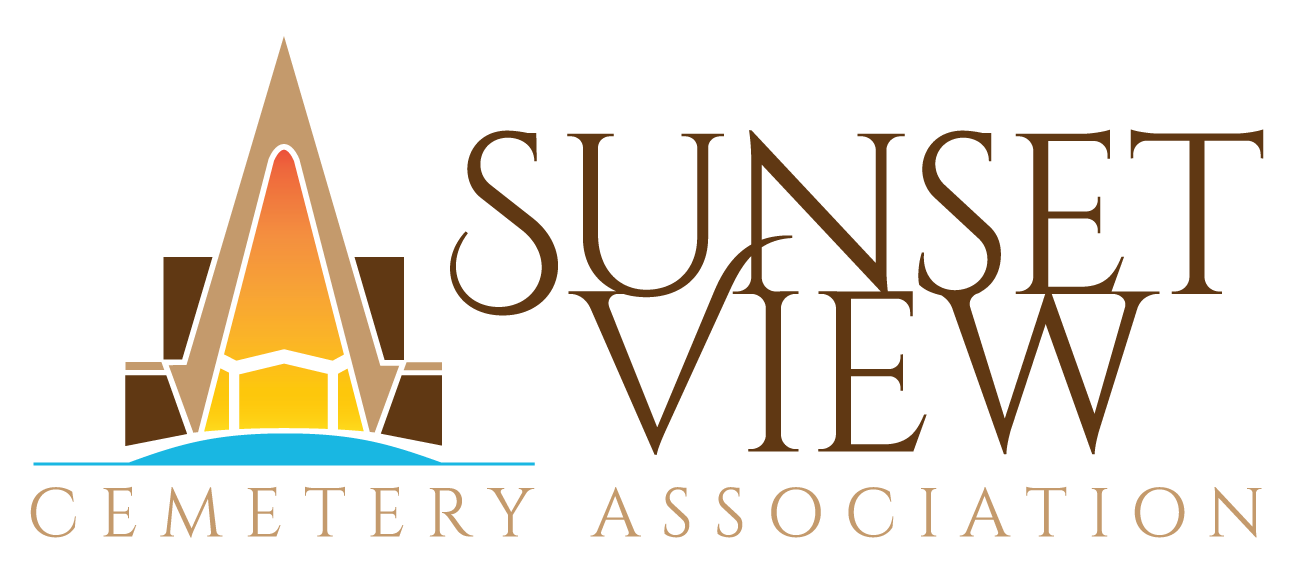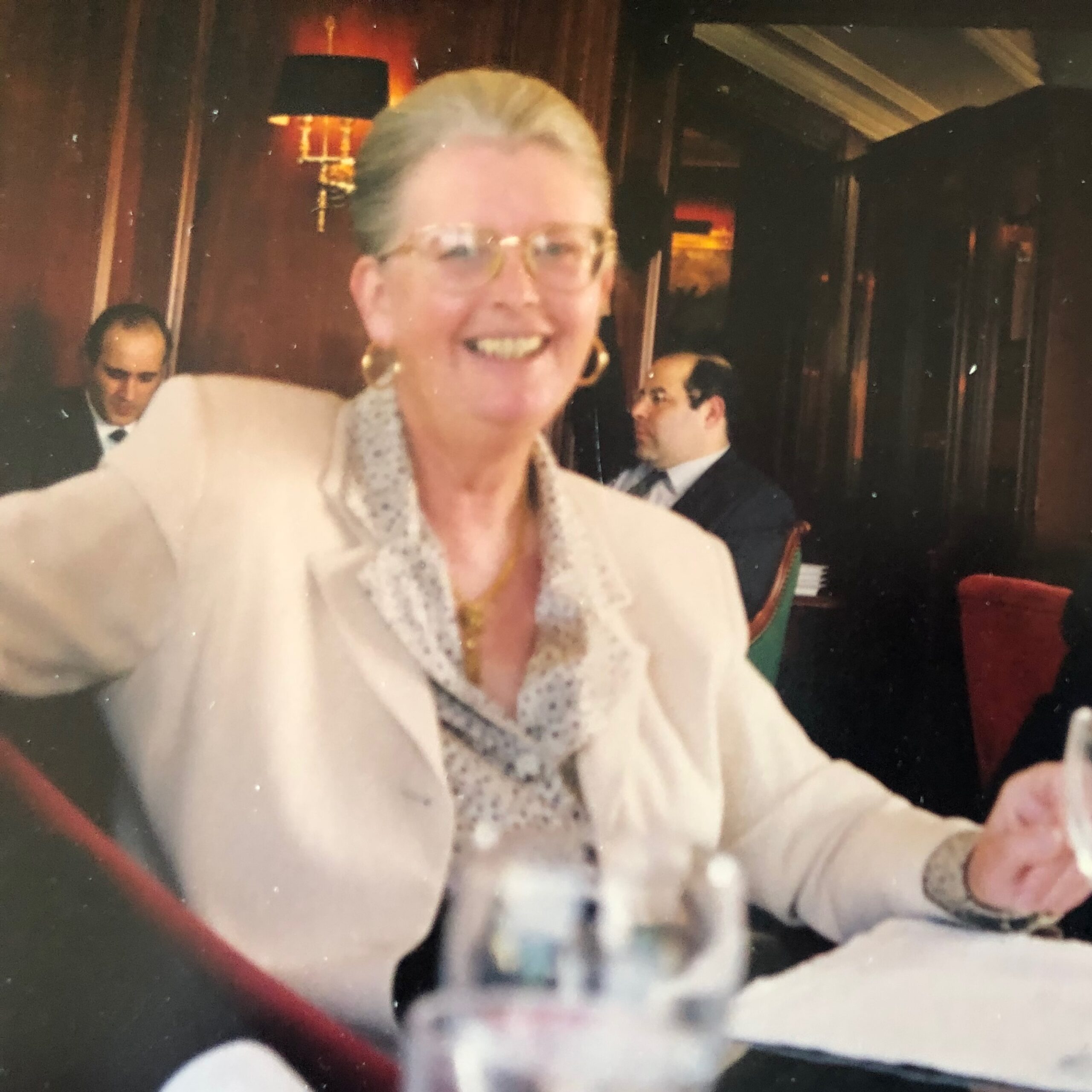Born in 1943 in New Orleans to John Maynor Breen and Helen Madigan Breen, Patricia Bikai was raised in Chevy Chase outside Washington and attended Newton College in the Boston area for her freshman year.
She attended Santa Clara University, with a year in Vienna. After graduation in 1965, she worked as a photographer and then earned an M.A. in Biblical Studies from the University of San Francisco. In 1969 she entered the Graduate Theological Union in Berkeley CA where she earned a Ph.D. in Biblical Studies.
She was invited to go to Lebanon for a University of Pennsylvania archaeological project at Sarafand. In her first days there in 1970, she met Pierre Bikai who was the manager of the excavation at Tyre, a few miles to the south. She returned to Sarafand in the spring of 1971 and 1972 and worked at Tyre in a Roman cemetery, opening tombs. She excavated a Crusader church, where she and Pierre were married in June 1972.
During those years, she also directed the excavation of a Roman religious shrine, which was published as Tyre: The Shrine of Apollo. During 1973-75, she developed a classification system for the ceramics of the site and directed the first excavation to bedrock at Tyre, covering the Early Bronze Age through Roman period, later published as The Phoenician Pottery of Tyre.
When civil war broke out in Lebanon in 1975, she moved back to the U.S. She was a lecturer at the University of San Francisco and later a visiting lecturer in Near Eastern Studies at the University of California Berkeley.
In 1981 she worked as chief field archaeologist for Brigham Young University’s expedition to the Seila Pyramid in Egypt.
Since work in Lebanon was not possible because of the continuing war, she began to focus on Cyprus. With a Fulbright research fellowship in 1984-85, she wrote The Phoenician Pottery of Cyprus as well as several articles.
Since 1978, she and Pierre lived in the small town of Albany, next to Berkeley. She became involved in local politics and eventually became chair of the Planning Commission. She oversaw the high-stakes planning process for development of a large tract fronting San Francisco Bay. In 1990 she started preparing to run for mayor of Albany, but career events interrupted.
In 1991 Pierre became director of the American Center of Oriental Research (ACOR) in Amman, Jordan. Patricia became associate director and grants administrator for the various archaeological grants issued to the center. She managed work on restoring part of an enormous Roman Temple, and supervised excavations of a Byzantine church with spectacular mosaics and a cache of papyri. The latter turned into a multi-million-dollar project that continues to this day.
She and Pierre became involved in the conservation of archaeological sites. Archaeologists used to excavate and then abandon their site. Under the conservation movement, archaeologists were urged to at the very least leave their sites protected from the elements. Eventually the movement became not just to protect but also present the site for the benefit of visitors and the local population.
In 1994 she returned to excavating with a small project at a Byzantine church in Petra. By 2002, her group had excavated two churches and two Nabataean tombs. The second church was called the Blue Chapel. It had many of its 6th century elements preserved. She also excavated two tombs of the 1st century that were full of pottery and other artifacts. Objects from this excavation, including a spectacular blue marble pulpit, were exhibited in 2003 as Petra: Lost City of Stone at the Museum of Natural History in New York and later at the Cincinnati Art Museum.
Patricia began another project in 2005 at Petra Archaeological Park. It began as a modest attempt to clean up the Beidha site for tourism and do a systematic survey. They uncovered the remains of what was probably the summer palace of the Nabataean king Malichus (58-30 B.C. This was published as Beidha in Jordan: A Dionysian Hall in a Nabataean Landscape, accompanied by an exhibit of the pieces at Darat al-Funun, a center for art in Amman . They are now in the Petra Museum.
In 2006 she and Pierre retired from ACOR. Patricia was awarded the Hussein Medal for Distinguished Service, 2nd degree, by King Abdullah al-Hussein. They returned to the U.S. in 2011. She continued writing about the Petra and Beidha excavations and published the final report on the Byzantine church at Petra, Petra: The North Ridge.
The family has arranged for a private burial. In lieu of flowers, please make a donation to the Society of St. Vincent de Paul of Alameda County at svdp-alameda.org
To plant a tree in memory of Patricia Maynor Bikai, please visit our Tribute Store.

 Send Flowers
Send Flowers

